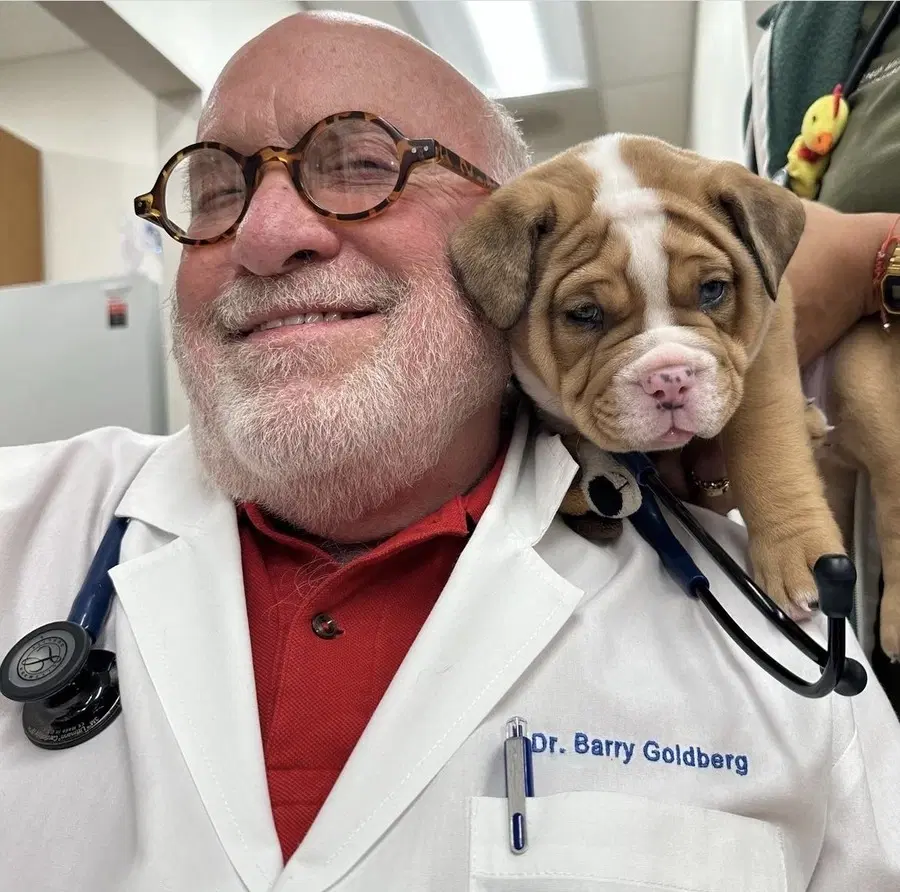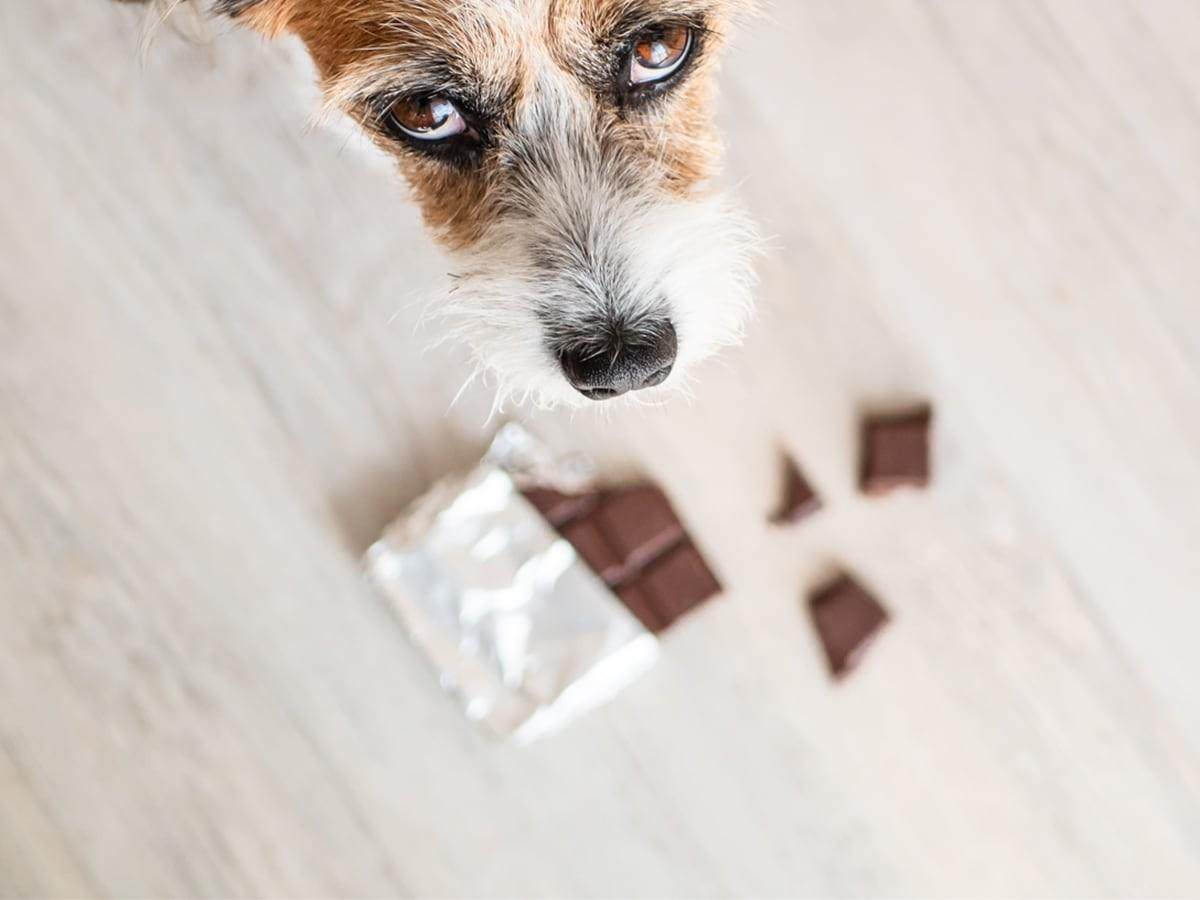Chocolate is a beloved treat for humans, but for our canine companions, it can be deadly. As a pet parent, it's crucial to understand the dangers of chocolate toxicity and take steps to protect your pet. In this article, we'll delve into the reasons why chocolate is toxic to dogs, the symptoms of chocolate poisoning, and what to do if your dog ingests chocolate.
The Dark Side of Chocolate for Dogs
The main culprit behind chocolate's toxicity to dogs is theobromine, a compound found in cacao beans. Dogs metabolize theobromine much slower than humans, causing it to build up in their system to dangerous levels. Theobromine acts as a stimulant, affecting the central nervous system, heart, and kidneys.
The darker and more bitter the chocolate, the higher the theobromine concentration. Unsweetened baking chocolate poses the greatest risk, while milk chocolate is less toxic but still dangerous in large amounts. Even white chocolate, which contains minimal theobromine, can cause digestive upset due to its high fat and sugar content.
How Much Chocolate is Too Much?
The toxic dose of chocolate varies depending on the type of chocolate, the size of the dog, and the dog's individual sensitivity. However, even small amounts can cause problems. Here's a general guideline:
Milk chocolate: More than 0.5 ounces per pound of body weight can be toxic.
Dark chocolate: More than 0.13 ounces per pound of body weight can be toxic.
To put this in perspective, a single Hershey's Milk Chocolate bar could be lethal for a small dog like a Chihuahua. Always consult your veterinarian or a pet poison control hotline if your dog has ingested chocolate, even if the amount seems small.
Signs and Symptoms of Chocolate Poisoning in Dogs
Chocolate poisoning symptoms can appear within a few hours of ingestion and may include:
Diarrhea
Increased thirst
Restlessness
Increased heart rate
Muscle tremors
Seizures
In severe cases, chocolate poisoning can lead to heart arrhythmias, respiratory failure, and even death.
Diagnosing and Treating Chocolate Toxicity
If you suspect your dog has eaten chocolate, seek veterinary care immediately. Your veterinarian will assess the situation and may induce vomiting, administer activated charcoal to absorb the toxins, or provide supportive care such as IV fluids and medications to manage symptoms.
How Pet Insurance Can Help
Spot accident and illness coverage can be applied at any vet in Canada or the U.S. Whether you are home, or traveling abroad, veterinary services your pet receives for the diagnosis, treatment, or management of eligible conditions can be eligible for reimbursement. Spot’s accident and illness plan covers a variety of conditions including; broken bones, lacerations, aggression, kidney disease, diabetes, and more. With the addition of Wellness Riders you can also receive reimbursements for wellness exams, certain vaccinations, dental cleanings, and more. Visit our website today to learn more about dog insurance or get a free quote.
Protecting Your Dog from Chocolate
Prevention is always better than cure. Keep all chocolate and chocolate-containing products out of your dog's reach. This includes candy bars, baking chocolate, cocoa powder, and even chocolate-flavored treats. Be mindful of potential sources of chocolate like baked goods, desserts, and certain drinks.
Remember, chocolate is not a treat to share with your dog. Opt for dog-safe alternatives like carrots, apples, or peanut butter to satisfy their cravings. With a little vigilance and awareness, you can keep your dog safe from the dangers of chocolate.

Dr. Goldberg (DVM) has owned and operated 12 animal hospitals throughout his career and served as Senior Director of Innovation, designing medical products to be utilized in animal hospitals. Today, he provides dental services to 75 pet stores and salons.
"Chocolate toxicity: What should I do if my dog eats chocolate?" Cornell University College of Veterinary Medicine, n.d., https://www.vet.cornell.edu/departments-centers-and-institutes/riney-canine-health-center/canine-health-information/chocolate-toxicity-what-should-i-do-if-my-dog-eats-chocolate.
Pet Poison Helpline Veterinarian. "Can Dogs Eat Chocolate?" PetMD, 02 Sep. 2025, https://www.petmd.com/dog/nutrition/can-dogs-eat-chocolate.
Pet Expert Team. "Can Dogs Eat Chocolate? A Guide to Safety." Purina, 28 Jul. 2025, https://www.purina.com/articles/dog/feeding/can-dogs-eat/chocolate.
AKC Staff. "What to Do if Your Dog Eats Chocolate." American Kennel Club, 28 October. 2025, https://www.akc.org/expert-advice/health/what-to-do-if-your-dog-ate-chocolate/.
"Dog Chocolate Toxicity Meter," PetMD, n.d., https://www.petmd.com/dog/chocolate-toxicity.
The information presented in this article is for educational and informational purposes only and does not constitute or substitute for the advice of your veterinarian.












